Boost your team’s performance with 10 Active learning techniques for employee training
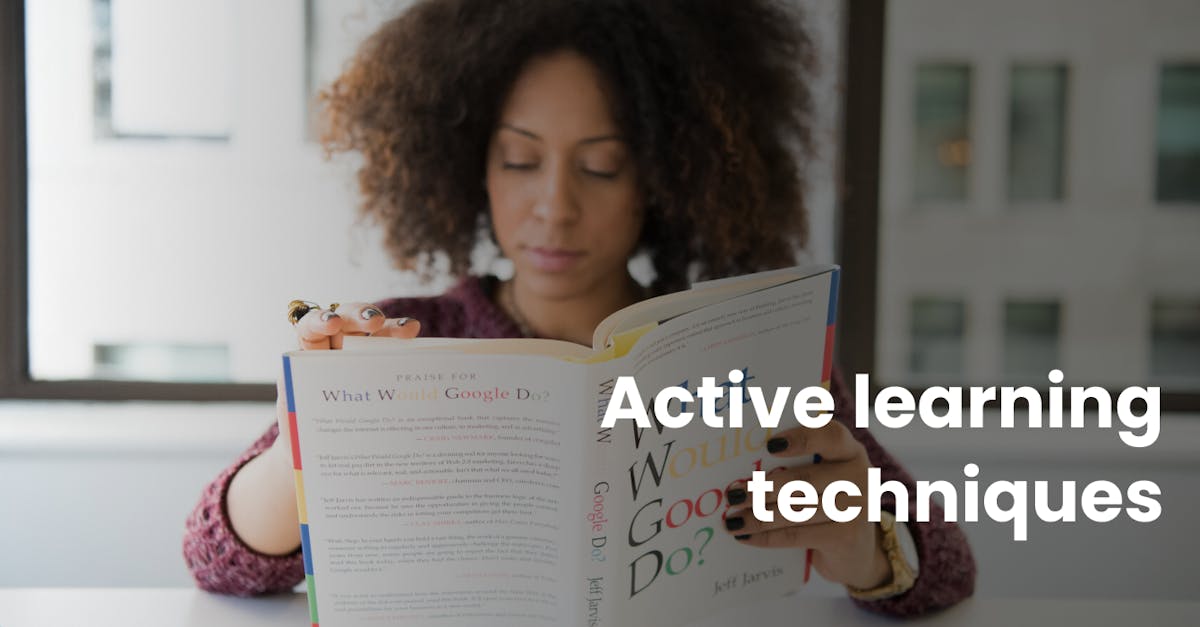
As the demand for adaptable skills and real-world problem-solving increases, trainers are seeking more innovative ways to maximize learning outcomes. Active learning is a training method that places learners at the center of the learning experience. It encourages participation, critical thinking, and collaboration.
This article delves deep into active learning techniques, unveiling their transformative impact on different learning environments. Here, you’ll uncover active learning strategies, benefits, and applications to help your learners reach their full potential.
What are active learning techniques?
Active learning techniques are instructional strategies that encourage active participation in learners. These techniques involve discussions, problem-solving, and hands-on activities, rather than passive listening. Active learning techniques are important because they promote deeper understanding, critical thinking, and knowledge retention by directly engaging learners.

Active learning also stimulates real-world application of knowledge, enhances collaboration and communication skills, and prepares learners for complex challenges. It equips them with the skills needed in today's dynamic and rapidly changing educational and professional environments.
The following sections will unpack various examples of active learning techniques to level up your team’s training.
1. Microlearning
Microlearning allows learners to engage with concise modules that target specific concepts or skills. By breaking down information into easily digestible chunks, microlearning accommodates shorter attention spans and increases engagement. Your learners are also empowered to customize their learning experience, moving forward at their own pace and revisiting material as needed.

This technique not only promotes efficient learning but also facilitates active recall, critical thinking, and application of information in small, manageable steps. This makes it an impactful tool for busy learners seeking immediate and practical insights.
Let your learners enjoy the full benefits of microlearning with EdApp, a mobile-first learning management system (LMS) designed for today’s modern learners. EdApp's innovative microlearning model revolutionizes learning by offering exceptional convenience. Through easily accessible, smartphone-friendly bite-sized courses, your learners can engage with learning content anytime, anywhere.
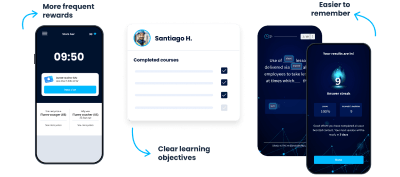
Sign up to EdApp to empower your team with active learning techniques like microlearning.
2. Learning Through Teaching
This active learning technique lets learners explore a teaching role where they can explain concepts to their peers. This approach not only solidifies their understanding but also hones their communication skills and boosts their self-confidence.

When you require your learners to talk about complex ideas in simple terms, you also enhance their comprehension, critical thinking, and empathy for the learning process. Ultimately, this active learning theory fosters a more engaged and effective learning experience.
3. Socratic Questioning
This type of questioning requires you to guide your team through a series of thought-provoking questions that stimulate critical thinking. Prompting learners to analyze assumptions, evaluate evidence, and consider multiple perspectives cultivates a deeper understanding of concepts and encourages independent reasoning.

This technique nurtures the development of problem-solving skills, enhances engagement, and empowers your learners to actively seek knowledge. It promotes a dynamic learning environment where inquiry and exploration flourish.
4. Flipped Classroom
The Flipped Classroom technique flips the traditional learning model by having learners study foundational materials independently before class. This way, it can take advantage of valuable face-to-face time to engage learners in applying skills, addressing doubts, and deepening comprehension through participatory activities.

Like other active learning tools, the flipped classroom allows your learners to take ownership of their learning journey by shifting the focus from passive content delivery to dynamic engagement. This encourages critical thinking, independent exploration, and a more interactive and effective learning experience.
5. Gamification
Gamification is a dynamic active learning technique that integrates game elements into training or learning contexts to enhance engagement and motivation. With features like leaderboards, badges, and rewards, gamification transforms learning into an immersive and interactive experience. This technique uses the inherent enjoyment of games to drive learner participation, encouraging them to tackle challenges, solve problems, and achieve goals.

Gamification also develops a sense of achievement and healthy competition. It even reinforces learning through immediate feedback and continuous progression. This makes it a powerful tool for encouraging active participation, sustained interest, and effective knowledge retention.
EdApp's gamified approach redefines learning by infusing excitement and interactivity into the experience. It integrates elements such as quizzes, challenges, and leaderboards, to transform learning into an enjoyable mobile game-like process.

With gamification, training adopts a playful twist, addressing motivation struggles and enhancing knowledge retention. This gamified learning platform’s certificates, badges, and stars system further boosts engagement, fostering friendly competition and real rewards.
6. Case Studies and Problem-Solving
Case studies and problem-solving immerse learners in real-world scenarios that demand critical analysis, decision-making, and knowledge application. By dealing with complex challenges and seeking solutions, learners actively engage in higher-order thinking, drawing connections between theory and practice. These learning strategies not only deepen understanding but also foster a practical skillset that transcends traditional classroom learning.

This hands-on approach empowers learners to become active in their learning journey. It prepares them for the complexities of professional environments and equips them with skills that extend beyond theoretical learning.
7. Role-Playing and Simulations
With role-playing and simulations, your learners can assume different roles or navigate simulated environments to solve challenges. When you encourage learners to apply knowledge in various contexts, you also improve their experiential learning, critical thinking, and empathy. This way, learners refine their skills in a controlled yet dynamic setting.
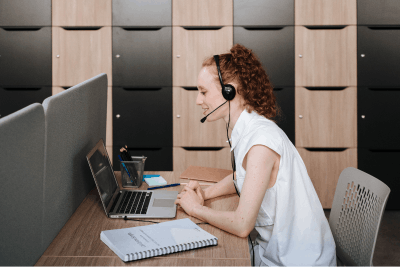
Through these active learning techniques, learners also enhance collaboration, adaptability, and creativity. This prepares them to excel in real-world situations where complex problem-solving and interpersonal skills are essential.
8. Peer Discussions and Collaborative Learning
Peer discussions and collaborative learning engage learners in discussions, problem-solving, and knowledge-sharing within groups. By exchanging insights and perspectives with their peers, learners deepen their understanding of the subject matter and sharpen their communication skills.

These active learning strategies create a collaborative environment where diverse viewpoints are valued. It encourages learners to learn from one another's experiences and insights, making them ready for the collaborative demands of modern workforce.
The top LMS platform EdApp also has social and peer learning features. These promote collaborative learning within your team. Through public feedback on assignments and active participation in discussions, a transparent learning environment emerges.
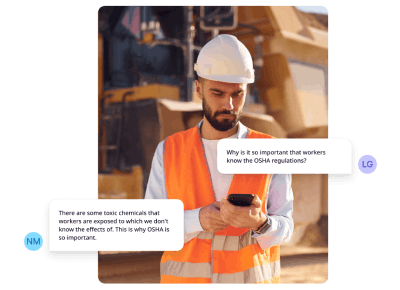
This empowers your team to get insights from both accomplishments and errors of fellow members. It builds a culture of shared learning.
9. Feedback and Peer Evaluation
Feedback and peer evaluation involve learners in constructive assessments of their work and that of their peers. Giving and receiving feedback engage learners in critical reflection, honing their analytical skills and refining their understanding of the subject matter.
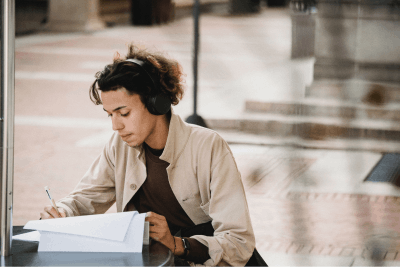
Peer evaluation also encourages collaboration and communication. This technique also enhances learners’ capacity for self-directed improvement and the cultivation of essential skills for lifelong learning and professional growth.
10. Reflection and Journaling
Reflection and journaling encourage learners to record their thoughts and insights on their learning experiences. Prompting learners to articulate their understanding, connect concepts, and identify challenges facilitate deeper awareness. Through consistent practice of these tips to improve active learning strategy, learners also refine their critical thinking and self-assessment skills.

These active learning activities not only enhance knowledge retention but also promote a continuous cycle of improvement. They let learners monitor their progress, set goals, and adapt their approach, for a more holistic and self-directed learning experience.
Author
Donna Dane
Donna is an elearning content writer for EdApp, a mobile-based microlearning platform designed for today's digital training needs. When she's not writing web articles, she writes lines of code or songs or anything food-related.
